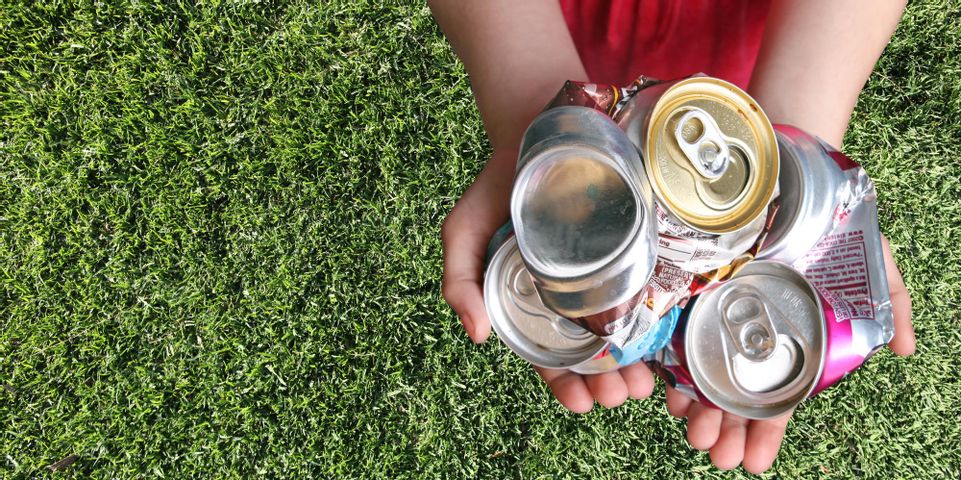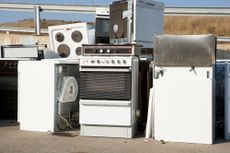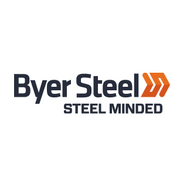
Metal recycling reduces the waste in landfills, helps repurpose old appliances, and earns recyclers a little money on the side. When you prepare to visit a scrap yard, you may hear the terms ferrous and nonferrous. What do they mean, and how do they impact recycling value? The guide below explains the difference.
Ferrous
A metal that’s ferrous contains iron. It may be completely iron, or it may be an iron alloy like stainless or carbon steel. Ferrous materials are often used for structural purposes and in the manufacture of appliances and industrial equipment. The iron in the mix also makes the metal magnetic. If you’re not sure you’re working with a ferrous metal, hold a magnet against it. Because magnets possess the ability to attract iron, they stick to ferrous metals.
 Although it doesn’t fetch as much money at a scrap yard as some nonferrous metals, ferrous metal—iron and steel—accounts for a large proportion of the total metal recycling that occurs each year in the United States by weight.
Although it doesn’t fetch as much money at a scrap yard as some nonferrous metals, ferrous metal—iron and steel—accounts for a large proportion of the total metal recycling that occurs each year in the United States by weight.
Nonferrous
These metals do not contain iron. Copper wiring, aluminum drink cans, aluminum siding, and car batteries all contain nonferrous metals. They’re usually lighter than ferrous metals but are often more valuable. Metals like aluminum and copper fetch higher prices than iron.
Nonferrous metals are nonmagnetic and easier to shape than iron and steel. They can also be recycled any number of times without losing their strength and other properties.
Looking for a scrap yard where you can get the best value for your ferrous and nonferrous metals? Visit Byer Steel in Cincinnati, OH. Since 1937, they’ve accepted a wide range of metals for recycling and produced high-quality rebar for construction projects. To learn more about their services and products, visit them online. If you have questions about scrap yard recycling, call 513-948-0300.
About the Business
Have a question? Ask the experts!
Send your question

